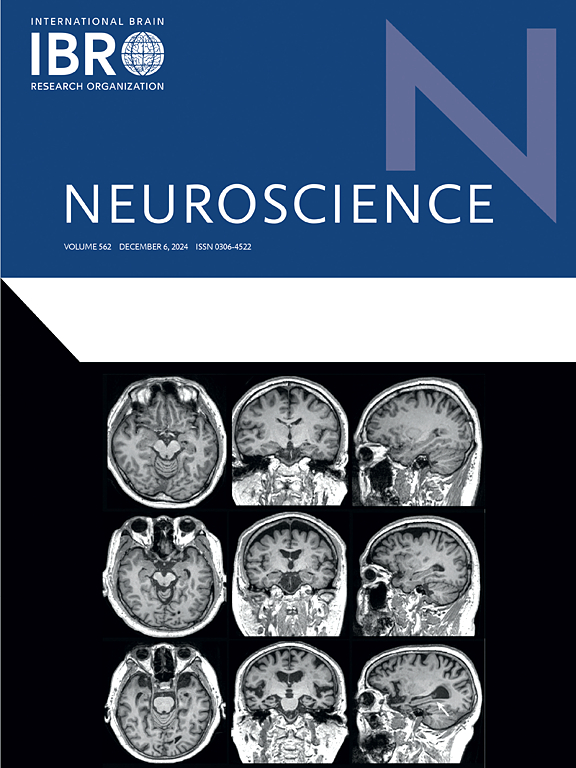Psychostimulant and opioid abuse: A perspective from Uruguay
IF 2.9
3区 医学
Q2 NEUROSCIENCES
引用次数: 0
Abstract
The number of people suffering from substance use disorder (SUD) worldwide has increased 45 % compared to the last decade according to the latest United Nations World Drug Report. This staggering increase, partly due to the recent COVID-19 pandemic, further raises the social and economic burden for nations. Prevention and treatment, two of the main strategies employed to curb the increase in SUD, have shown limited success despite our increasing understanding of the underlying processes of SUD. This review will focus on two main drug categories, psychostimulants, especially cocaine, and opioids since these are two of the most prevalent illicit drugs abused by the general public in low, middle, and high-income countries. The use of active adulterants (e.g. caffeine and illegally manufactured fentanyl, IMF) commonly employed in the preparation of illicit drugs will also be covered considering recent data which has shown that these adulterants may increase the health risk of psychostimulant and opioid users. Especially the high risk of the combined use of cocaine and IMF is detailed. An additional section will address drug abuse in women during pregnancy, as it constitutes a major public health concern due to the negative consequences on newborns and infants. Data from Uruguay is presented and compared to illegal drug use in other countries of South and North America. The rapidly changing drug market, together with the current prevalence of SUD, establishes the urgent need for new strategies and innovative treatments to manage this issue.
精神兴奋剂和阿片类药物滥用:来自乌拉圭的观点。
根据最新的联合国世界毒品报告,与过去十年相比,全球患有物质使用障碍(SUD)的人数增加了45%。部分由于最近的COVID-19大流行,这一惊人的增长进一步增加了各国的社会和经济负担。预防和治疗是抑制SUD增加的两种主要策略,尽管我们对SUD的潜在过程的了解越来越多,但成效有限。本次审查将侧重于两个主要药物类别,即精神兴奋剂,特别是可卡因和阿片类药物,因为这是低收入、中等收入和高收入国家公众滥用的两种最普遍的非法药物。考虑到最近的数据表明,这些掺假剂可能增加精神兴奋剂和阿片类药物使用者的健康风险,还将包括通常用于制备非法药物的活性掺假剂(例如咖啡因和非法制造的芬太尼)的使用。特别详细说明了可卡因和国际货币基金组织联合使用的高风险。另外一节将讨论妇女在怀孕期间滥用药物的问题,因为它对新生儿和婴儿产生负面影响,构成一个重大的公共卫生问题。乌拉圭的场景至少提供了感兴趣的主题的总体概述。快速变化的药物市场,加上目前SUD的流行,迫切需要新的策略和创新的治疗方法来管理这一问题。
本文章由计算机程序翻译,如有差异,请以英文原文为准。
求助全文
约1分钟内获得全文
求助全文
来源期刊

Neuroscience
医学-神经科学
CiteScore
6.20
自引率
0.00%
发文量
394
审稿时长
52 days
期刊介绍:
Neuroscience publishes papers describing the results of original research on any aspect of the scientific study of the nervous system. Any paper, however short, will be considered for publication provided that it reports significant, new and carefully confirmed findings with full experimental details.
 求助内容:
求助内容: 应助结果提醒方式:
应助结果提醒方式:


